Need a Design Superhero?
Connect with our Expert Interior Designers! hello.你好もしもし.hola.
GURGAON
Find Us
C2- 23A 3RD FLOOR, Block C2,
Sushant Lok Phase I, Sector 43,
Gurugram, Haryana 122002
Need a Design Superhero?
Connect with our Expert Interior Designers! hello.你好もしもし.hola.
GURGAON
Find Us
C2- 23A 3RD FLOOR, Block C2,
Sushant Lok Phase I, Sector 43,
Gurugram, Haryana 122002
May 16th, 2025
When you enter a room, what captures your attention first? The charm or the color palette? Color has a transformational power. In a spectrum of captures — calm, energy, warmth, or sophistication — color is able to not only change a space visually, but emotionally as well. This is the core principle of color psychology in interior design, which professional interior designers skillfully manipulate for each individual room within a house.
Are you contemplating a makeover or looking to collaborate with an interior designers in Delhi? Knowing the effects of colors on the human psyche can greatly assist you in making decisions that are informed and tailored for you. In this blog, we’ll explore how different shades can be utilized to influence feelings and how to craft spaces that radiate beauty while offering the right emotional environment.
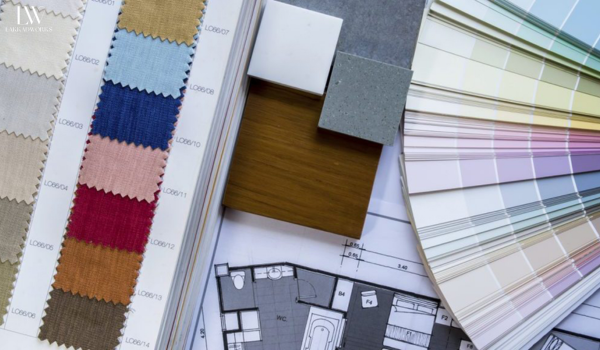
The hues and shades colors are capable of evoking and altering vibes and moods is what drives color psychology. It helps set the atmosphere when choosing the shape or layout of a space to improve tranquility, concentration, and hunger, aiding in the overall purpose of the area.
The key parts of a design can be experienced through everything—places we visit–hotels, restaurants and hospitals always paint blue and red in order to transmit range and warm feelings, respectively.
Create a Luxurious Living Space with Unforgettable Decor!
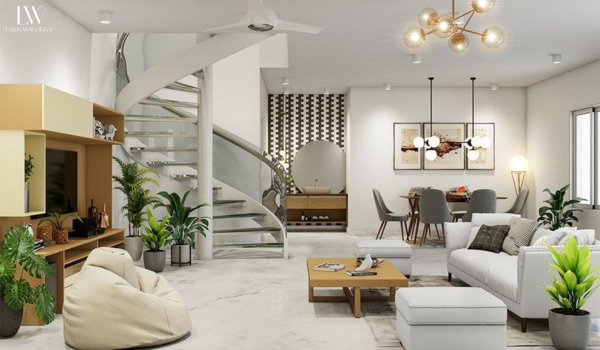
Top interior designers in Delhi see that coloring offers not able design only; rather its a combination of artistic and psychological functions interplay. Using colors purposefully helps:
In these high demand interiors of Delhi apartments, Gurgaon bungalows and any other sophisticated dwelling places, design routes can have elegant whites like walls, radiance beige like fabric, Tan, Sand beige like carpets and sublime crimson.
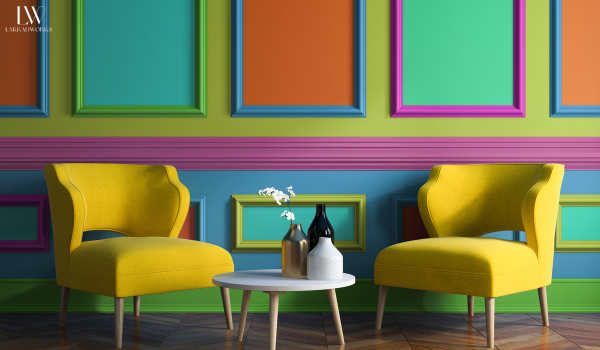
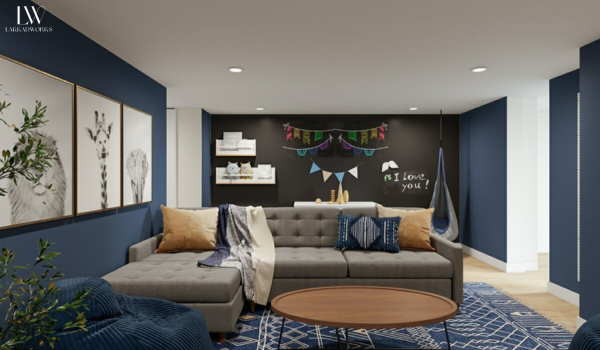
Blue is believed to boost calmness and productivity. It also lowers blood pressure, slows breath, and reduces anxiety which makes it suitable for:
Soft blues are frequently adorned in interior spaces to achieve tranquility while muted navies are used to create sophistication and modernity.
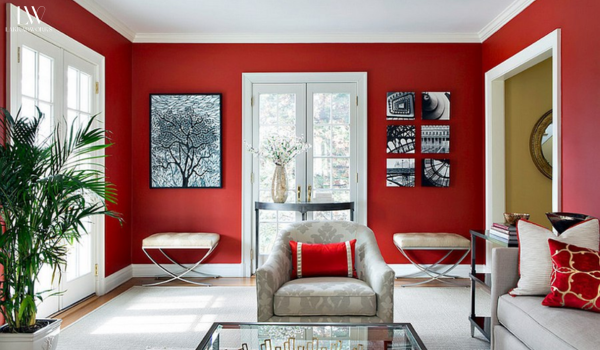
Red is a warm color that provokes appetite and starts up conversation, that’s why it has found its way into social spaces like:
Red when used moderately can inject dramatic touches to a space without tension making it truly versatile.
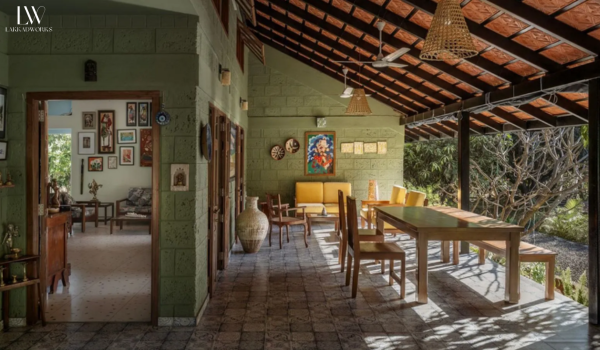
As the most restful color for the eye, green symbolizes nature and growth. No wonder, interior designers from Delhi find it perfect for:
The grounding effect serves well when paired with natural elements of wood and plants enhanced by green.

Yellow can be used to cheer up areas that are smaller and darker. It can work elegantly, especially in:
However, an excess of yellow can give rise to anxiety. Indore interior designers suggest that it can be used in less vibrant accents or pastel shades.
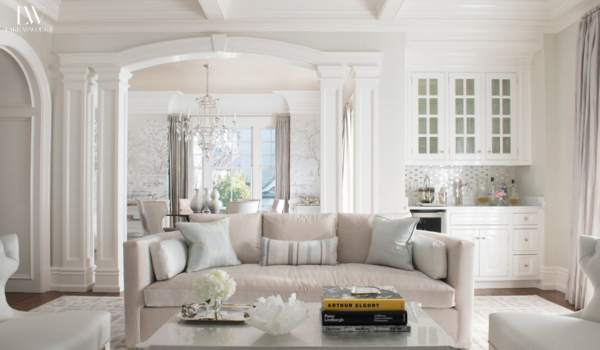
Interior design companies from Delhi usually use while to give a neat and minimalistic appearance. White makes small rooms appear larger, so it can be used in:
While white can have a calming appeal, combining it with other colors can yield a more vibrant look.
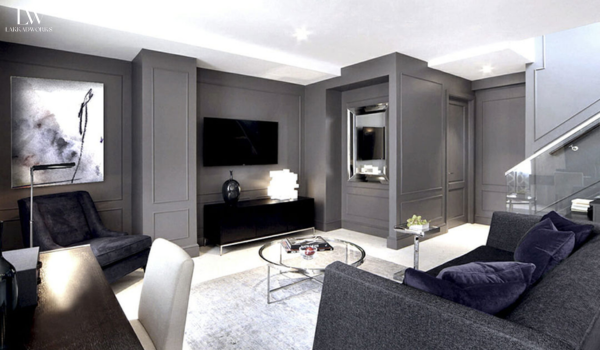
Gray is a recently adapted neutral color and adds balance. It can be used in combination with other colors for:
This is increasingly used by Indore interior designers working with contemporary urban aesthetics.
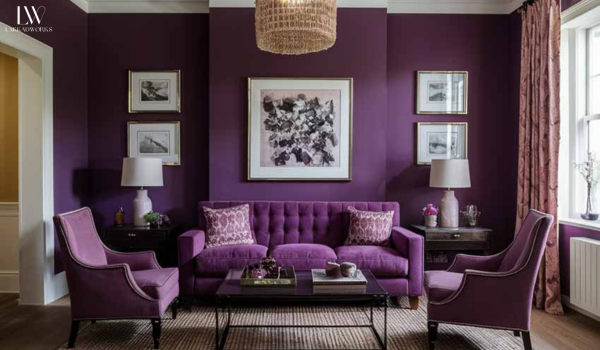
Associated with royals and one’s imagination, purple is known to be a soft and romantic shade.
This vibrant color can easily be introduced with accent walls and furnishings.
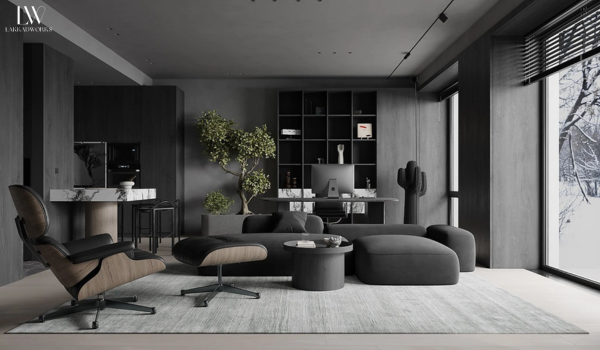
In small doses, black provides depth, elegance, and drama. Some useful places to employ this are:
Optimise Your Space Layout for Flow and Functionality!
Optimise Your Space Layout for Flow and Functionality!
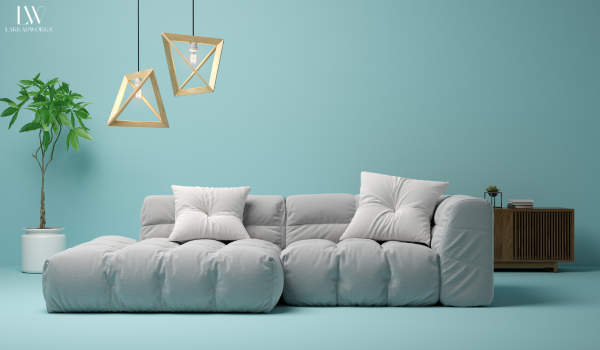
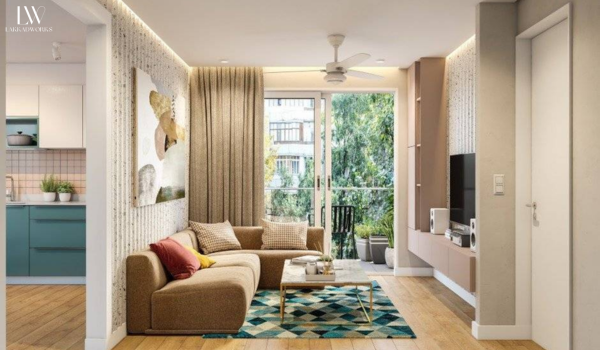
Soft muted blues, greens, or warm neutrals portray an inviting atmosphere which is ideal during social gatherings and quiet evenings.
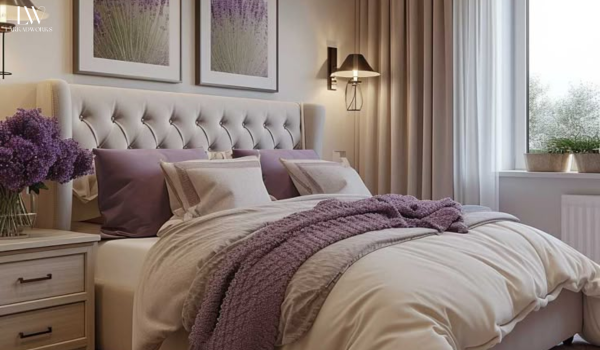
Relaxation is best promoted with cool colors such as lavender, blue, and sage green. Reds and bright oranges are far too stimulating and should be avoided.

A fresh atmosphere is created with yellows, greens, and whites. If you are seeking a bold statement piece, opt for bolder shades on cabinets or backsplashes.
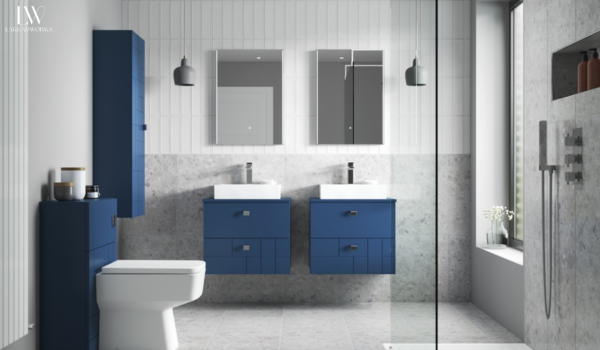
A calm, spa-like and clean atmosphere can be created with whites, blues, and soft grays. Warm tones can be added through accessories such as towels.

Mellow blues and greens work best here. Avoid overly bright and warm colors which can be distracting.
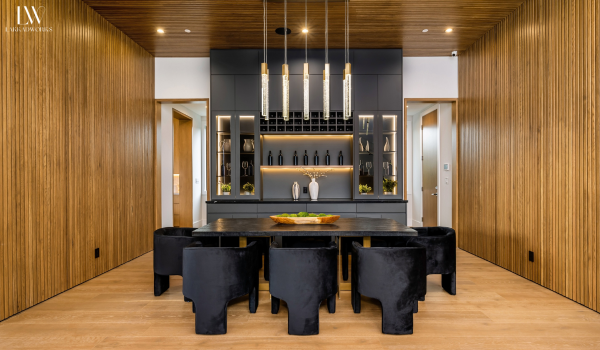
Appetite and conversation flow best within rooms with warmer hues such as red and orange. Terracotta and other earthy colors are also great in support of a balanced terrains rustic vibe.
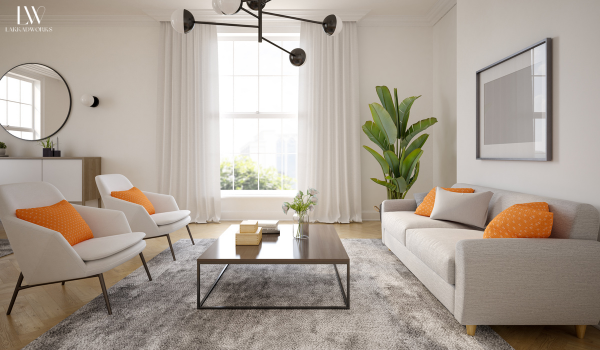
The rich culture and fast-paced lifestyle in Delhi is unique to the city and poses specific design challenges. The best interior designers in Delhi take into individual factors such as:
A reliable interior designers in Delhi will not blindly select color from a book full of swatches. Instead, they will analyze blends that resonate with your personality, preferences, and your home’s features.
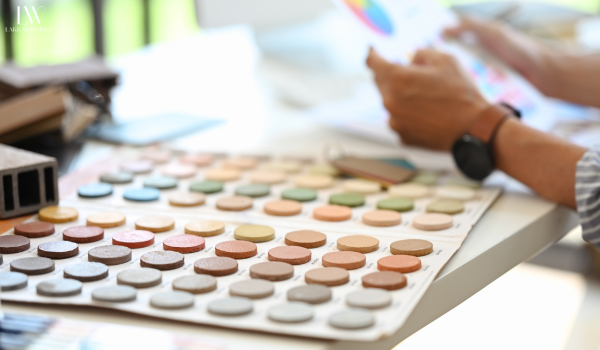
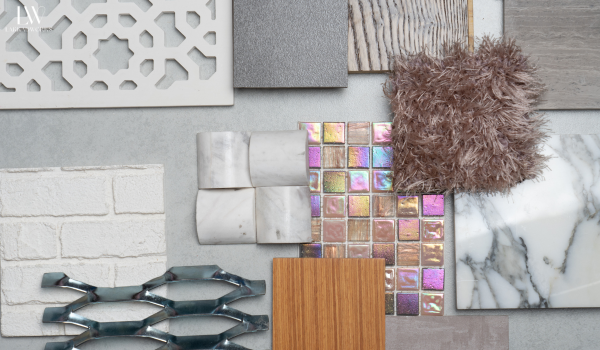
Collect images that evoke the desired ambiance for a room.
Do Not Skip The Testing Phase: Test different samples of paint on the wall in various lighting conditions.

60% primary, 30% secondary, and 10% accent colors.
Optimise Your Space Layout for Flow and Functionality!
Making a choice of color involves more than just sight—it also invokes feelings. The colors which you have around you have an impact on your mood, productivity, and overall belongingness. Thoughtful implementation of color psychology can exponentially improve the area if you are redecorating your home or designing it from the ground up.
Adding {{itemName}} to cart
Added {{itemName}} to cart